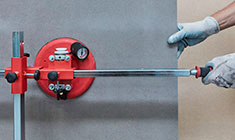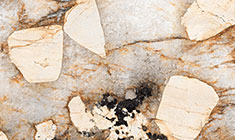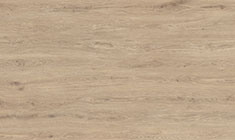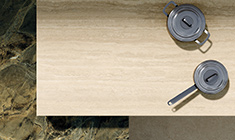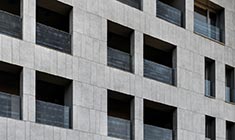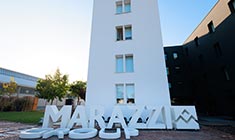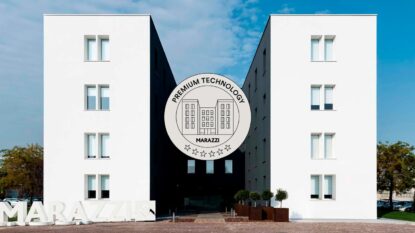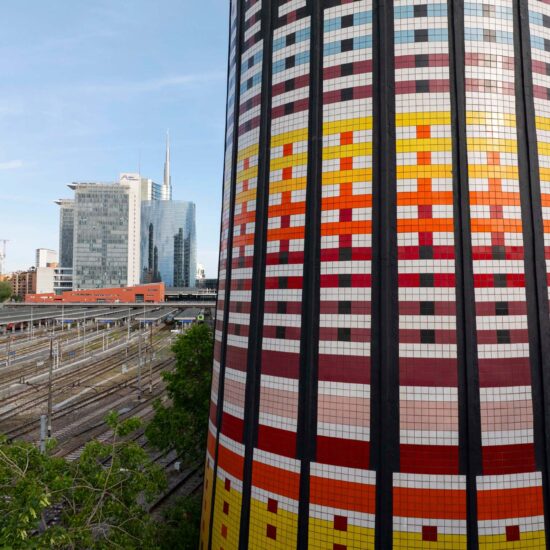Milan’s famous Torre Arcobaleno, or Rainbow Tower, was created as a regeneration of the derelict Sixties water tower of the Porta Garibaldi railway yard. The project, completed in 71 days in preparation for the 1990 Soccer World Cup, held in Italy, transformed the tower into one of the city’s landmarks. Following a playful geometrical pattern by the Studio Original Designers 6R5 Network, the 35-metre-high tower was covered with more than 100 thousand square tiles from Marazzi’s SistemC collection in 14 colours and various sizes, from 10×10 to 20×20 cm, which highlight the tower’s ribs and its distinctive hourglass shape.
Today, the same firm has designed the new LED nocturnal lighting: picked out by 397 W LED floodlights, the tower’s shape and the shades of its tiles can be appreciated more clearly and precisely. SistemC’s square shape originates from design work which Marazzi began in 1983 for the I Colori collection, a project including more than 30 colours for mixing and matching. This experimental design work extended ceramic tiles’ decorative potential not only in terms of choice but also because it enabled the creation of patterns with different coloured modules, in just the way illustrated by the Torre Arcobaleno. What’s more, the Marazzi tile cladding proved extremely durable: in spite of its punishing environmental context, the building has only been restored once, in 2015 to coincide with the Expo.
The new illumination is a homage to the city and its inhabitants, just as the colourful ceramic totem itself celebrated Milan’s vibrant industrial heritage and Italian manufacturing in general. Here ceramics, a material rooted in Italian tradition, joyfully reflect the modernity and dynamism of a metropolis that has always been an epicentre of architecture and creativity.













